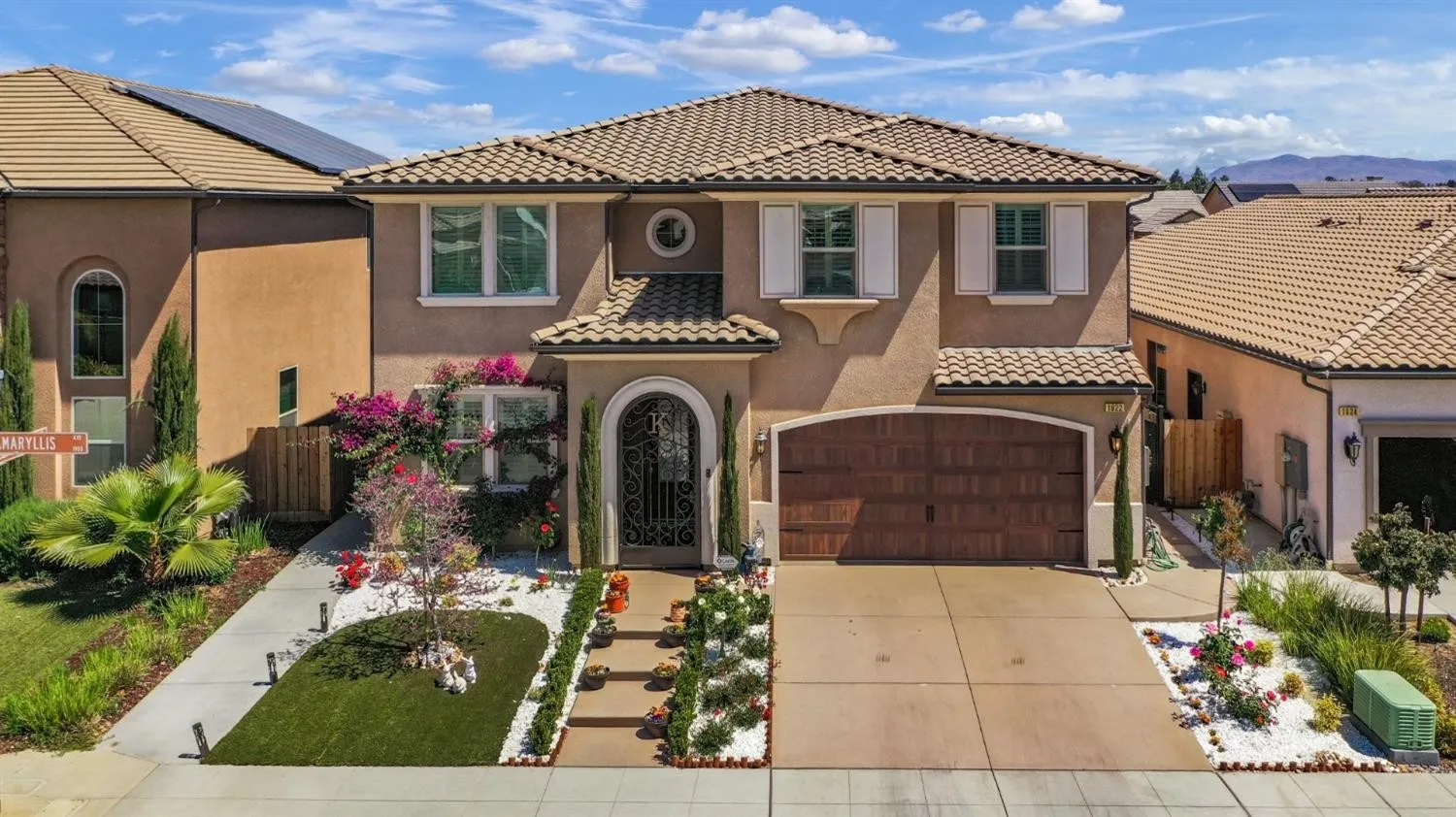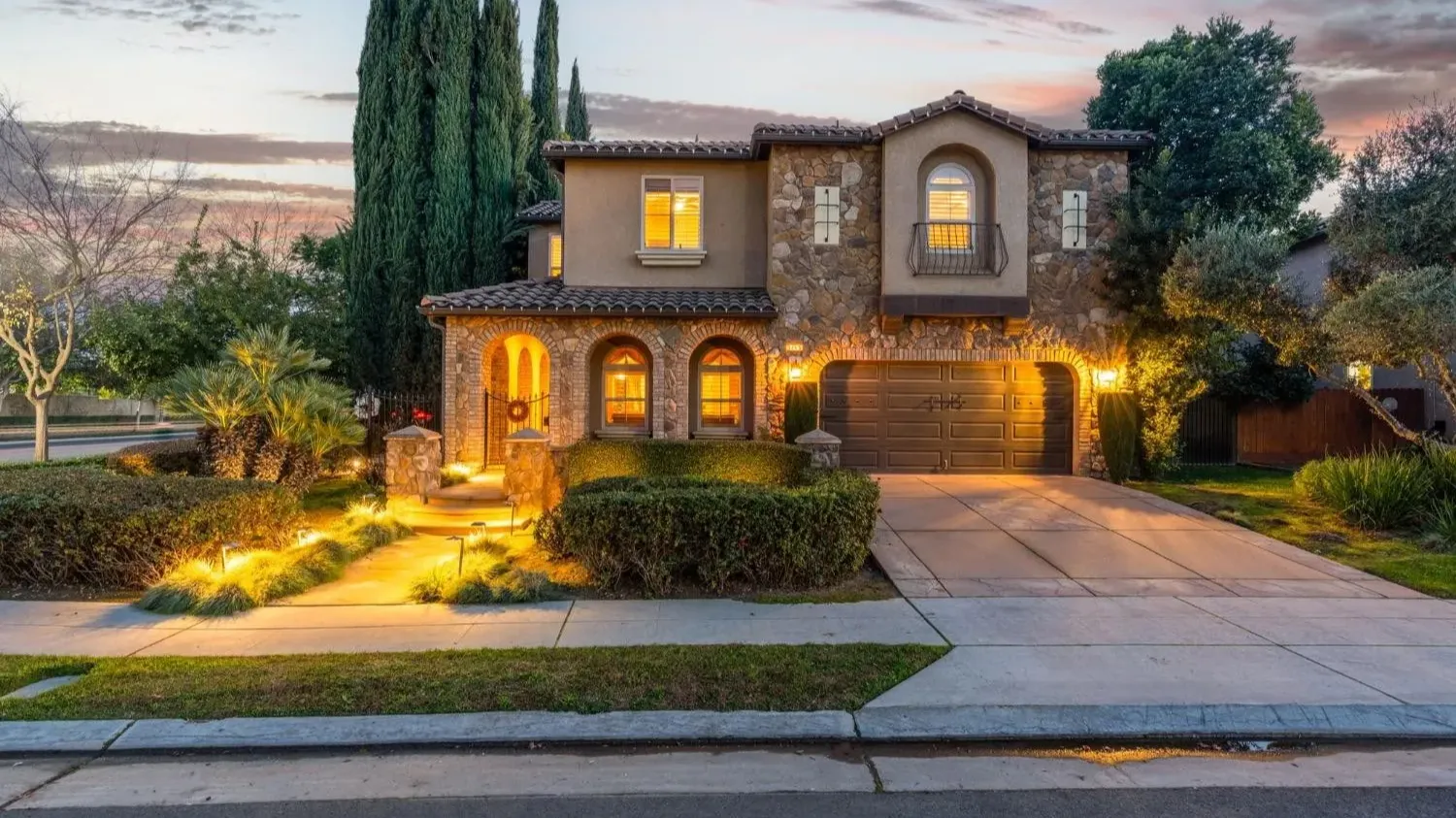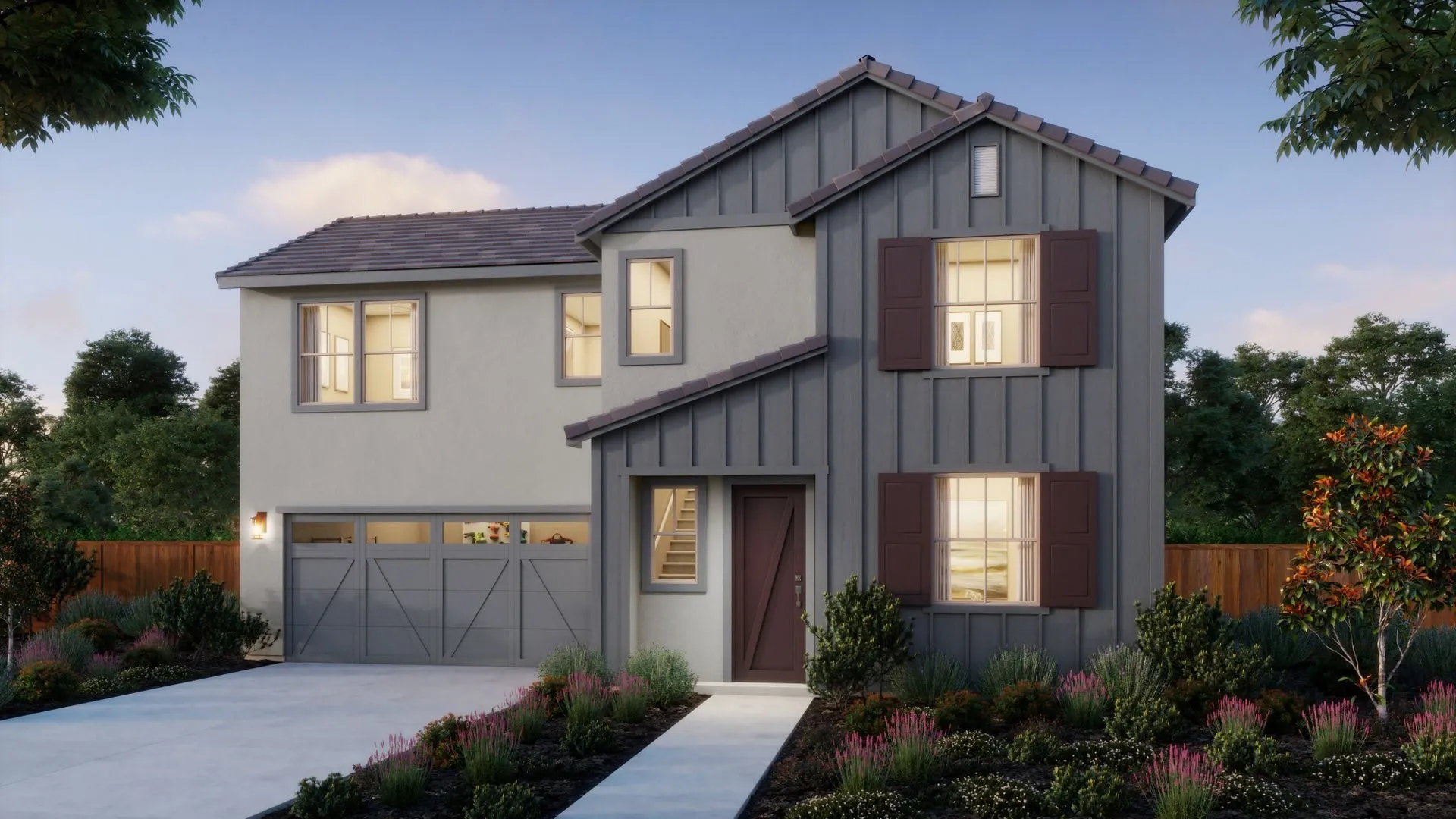Finding Your Place: Homes and Properties
Premium Housing Options & Desirable Neighborhoods
With your $300,000+ annual income as a Family Medicine physician at Community Health Partners, Fresno's real estate market offers exceptional value that transforms your housing possibilities. In north and northeast Fresno, you'll find impressive homes that would cost three to four times more in coastal cities. The established Woodward Park area features spacious 2,500–3,500 sq. ft. homes, often with backyard pools and outdoor living spaces. Homes priced between $600,000–$800,000 in this area would easily command $2–3 million in San Francisco or Los Angeles, making luxury living truly attainable on a Family Medicine income.
Financial Context & Purchasing Power
Your income creates substantial purchasing power in Fresno. A $650,000 home would only require about 20–25% of your monthly gross income—well below the 28% financial planning guideline. In higher-cost cities, this same monthly payment would buy less than half the square footage. Fresno physicians often express surprise at affording beautiful homes while still having substantial income left for investments, travel, and family priorities. This housing affordability leads to both equity growth and financial flexibility.
Distinctive Neighborhoods & Community Settings
Fresno offers a range of distinctive neighborhoods to suit physician family needs. The Fig Garden area offers character homes on larger shaded lots. The Van Ness Extension features Mediterranean and Spanish Colonial homes with privacy and curb appeal. In Copper River Ranch, you'll find newer builds with energy-efficient designs, open floor plans, and community amenities. These homes often include spacious kitchens, family rooms, home offices, and multi-car garages—features that are premium upgrades in coastal markets but standard here.
Family-Friendly Communities
For families, neighborhoods in Clovis West and Clovis North offer top-rated schools, parks, and safe streets. You'll find homes with family-friendly layouts and nearby community amenities like pools, tennis courts, and playgrounds. These settings support quality family life while maintaining proximity to Fresno’s medical facilities.
Investment Potential & Market Trends
Fresno real estate offers solid investment value with appreciation averaging 5–7% annually over the last decade. Growth in infrastructure, including high-speed rail development, adds to long-term momentum. Many physicians find purchasing in Fresno not only enhances lifestyle but also offers strong equity-building opportunities. With your income, you may also consider acquiring rental properties—a viable option in Fresno’s stable and high-yield rental market.
New Construction Options
For those preferring modern design and low maintenance, builders like Granville Homes, Wilson Homes, and De Young Properties offer new homes in northeast Fresno and Clovis. Prices range from $180–$220 per sq. ft., about half of coastal markets. These homes include energy-efficient features, smart tech, open layouts, and builder warranties. With your income, you can afford a new 2,500–3,500 sq. ft. home while staying well within budget.
Commute Times & Neighborhood Proximity
Fresno’s short commute times enhance work-life balance. From north or northeast Fresno, expect a 15–20 minute drive to Community Health Partners locations with limited congestion. You won’t have to choose between quality housing and commute convenience. Ongoing investment in routes like Herndon Avenue and Highway 168 continues to improve regional connectivity.
Quality Rental Options
If you prefer to rent while exploring neighborhoods, options like The Park at Copper River and The Dominion at Copper River offer premium apartments and townhomes with community amenities. Rental rates typically range from $1,800–$3,000/month, about half the cost of equivalent coastal rentals. These options offer comfortable living and time to evaluate neighborhoods before committing to purchase.
Real Estate Resources & Navigation
Community Health Partners connects relocating physicians with trusted real estate professionals who specialize in physician relocations. These experts understand clinic schedules, family needs, neighborhood preferences, and investment priorities. They offer private showings, relocation assistance, and insights into school districts and valuation. Their support helps streamline your move while ensuring you land in the right home for your lifestyle.



